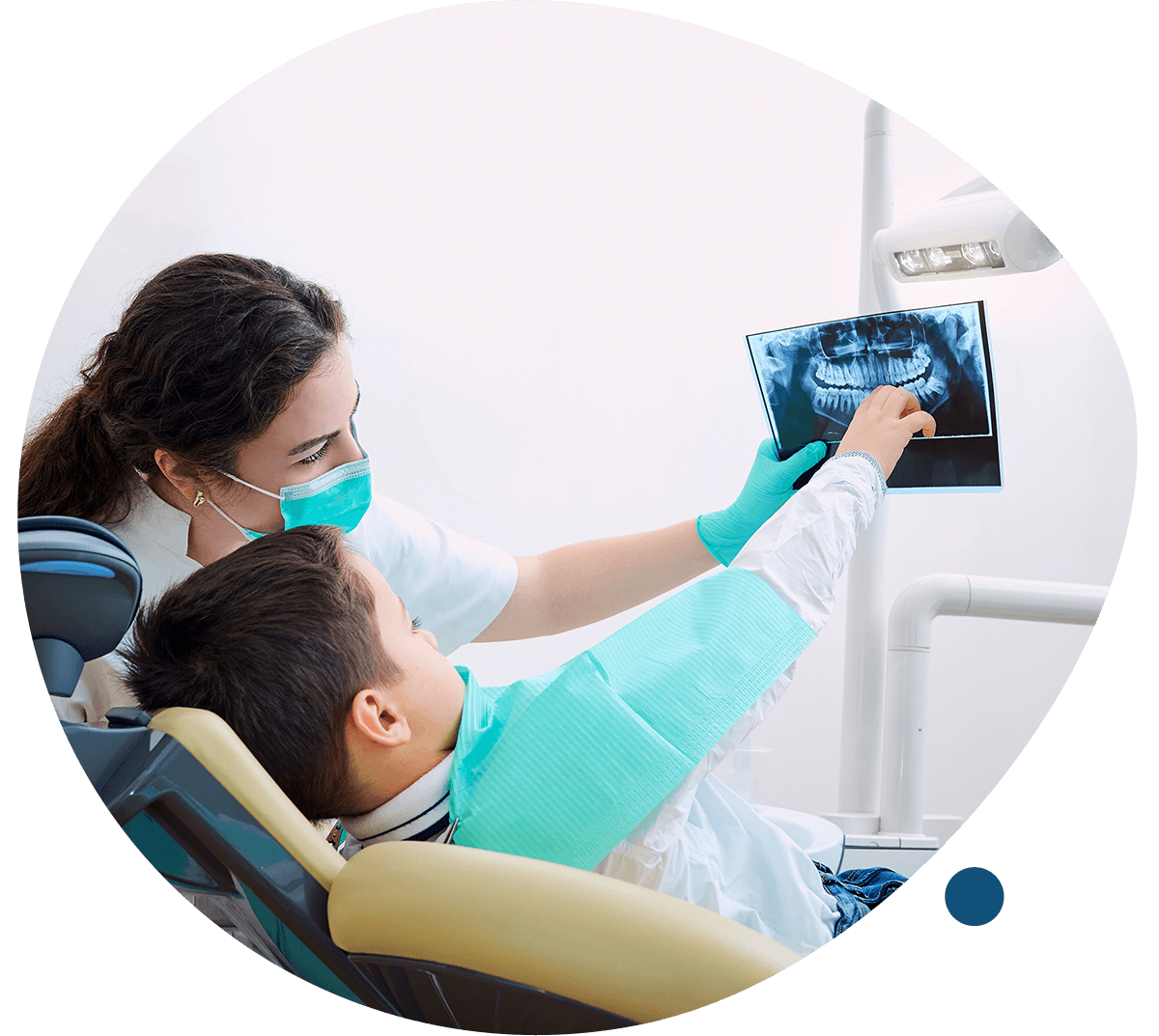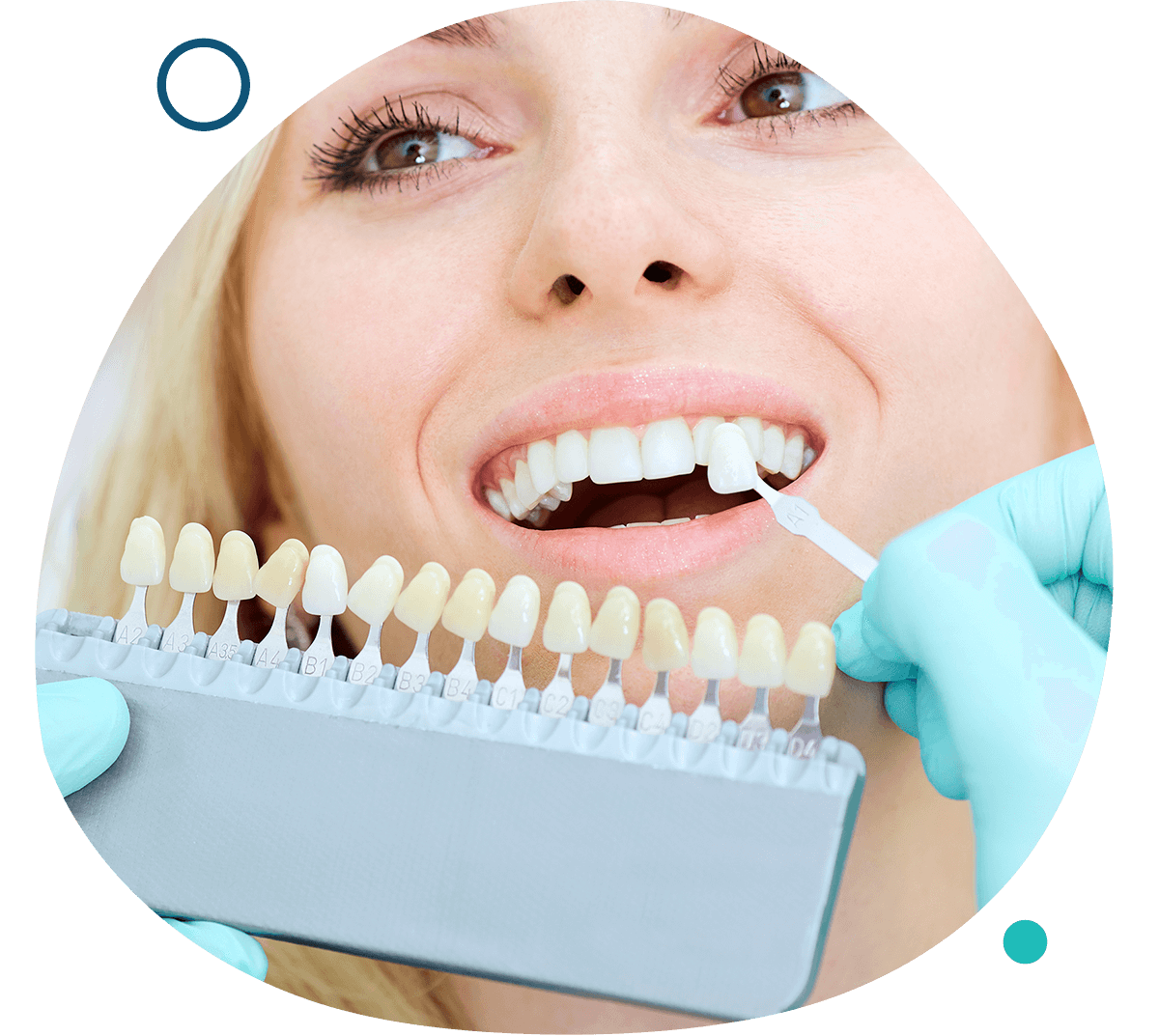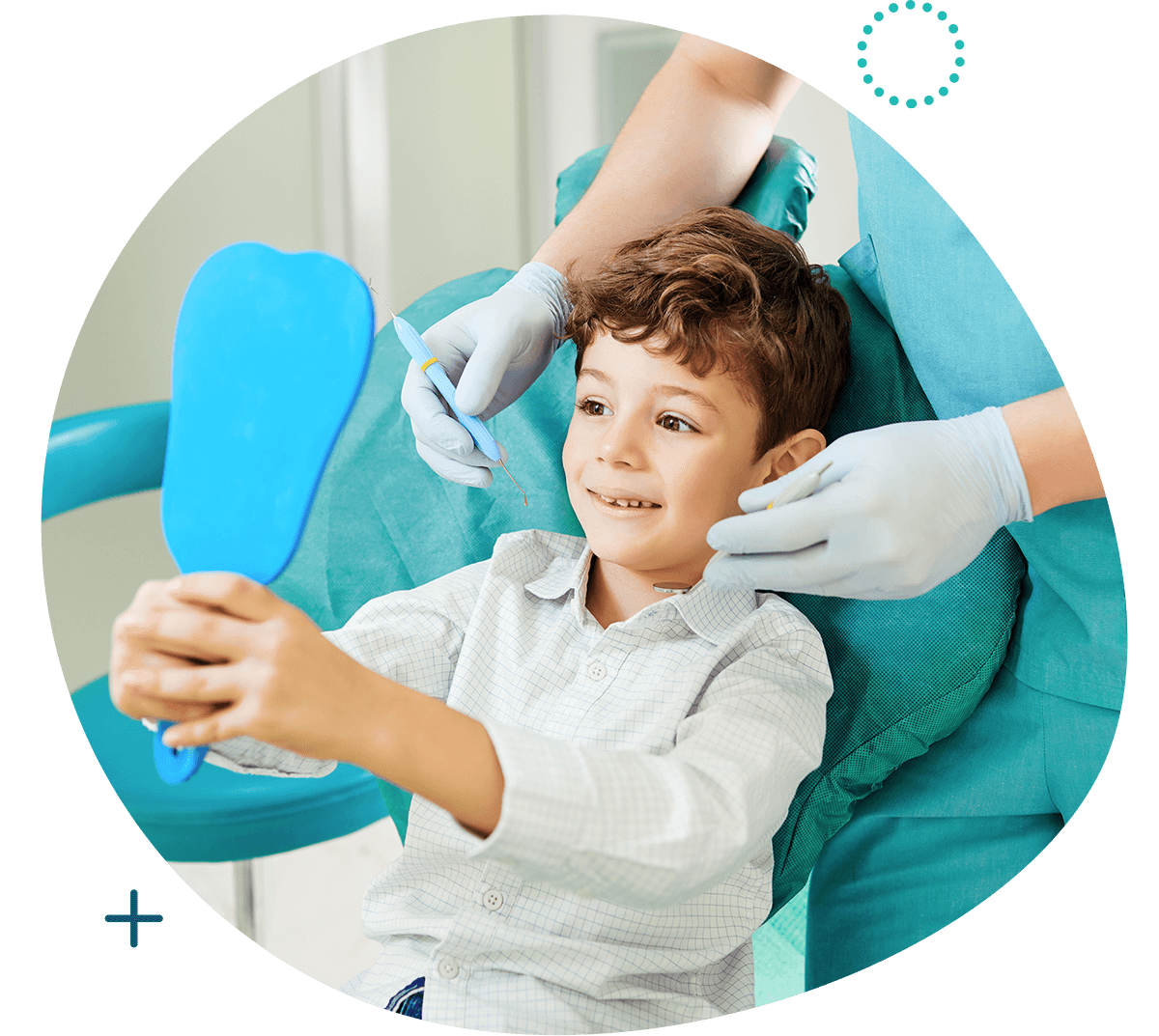Orthodontics
The treatments performed in our clinic about orthodontics are as follows. Please click here for the details of the treatments.

What is Orthodontics? Who is an Orthodontist?
What is orthodontics?
The term orthodontics refers to two Greek words; It means smooth teeth with the combination of orthos (straight or straight) and dons (tooth).
It is a branch of treatment that aims to provide an acceptable chewing, speech, respiratory function and to create a balanced dental and facial aesthetics by correcting the irregularities in the teeth, their relationship with the teeth in the neighboring and opposite jaws and the jaw bone, the relationships of the jaws with each other, the position of the jaw bones in the facial skeleton.
Who is an orthodontist?
Following 5 years of dentistry education, they are physicians who have been trained in the department of orthodontics for at least 4 years and have received the title of specialist or doctorate.
What is the Purpose of Orthodontic Treatment?
- seal wide gaps between the teeth,
- straighten crooked teeth,
- Improve the ability to speak or chew,
- increase the long-term health of the gums and teeth,
- prevent long-term excessive wear or trauma of the teeth,
- It is to improve the appearance of teeth.
When Should We Go to the Orthodontist?
Permanent dentition begins at the age of 6-7 years and ends at the age of 12-13 years. With the permanent teeth starting to erupt, it is useful to perform the first orthodontic examination in order not to be late in the diagnosis of possible orthodontic problems. Disorders in the jaws are divided into two as skeletal or dental disorders. In skeletal disorders, orthognathic surgeries that are likely to be experienced in the future can be prevented with movable apparatus to be performed at the age of 7-8 years. Only in cases where the teeth show irregularity, permanent dentition is usually expected to be completed for treatment. The age of onset of treatment affects the form and duration of treatment.
How is Orthodontic Treatment Applied?
Fixed Orthodontic Treatment
Metal Brackets: The most commonly used are brackets.
Lingual Brackets: They are metal brackets that are positioned on the inner surface of the teeth, which are not visible from the outside. The disadvantage is the prolongation of the treatment period.
Ceramic Brackets: Instead of the metal image on the teeth, it has gained a more aesthetic appearance with the ceramic bracket.
Movable Apparatus
They are orthodontic devices that can be inserted and removed. They can take part in the expansion of the jaws, especially in children between the ages of 7-12 whose growth and development have not been completed, as part of fixed orthodontic treatment.
There are also placeholder moving apparatuses in order to prevent bad oral habits (such as finger sucking, tongue pushing) and to prevent space shortage due to premature loss of milk teeth.
It is a more economical form of treatment than fixed orthodontics.
Transparent Plaques (Wireless Orthodontic Treatment-Invisalign Technique)
It is a form of orthodontic treatment that does not include any bracket or an apparatus that is fixed to the mouth. The patient’s measurements are taken with special silicones and 3D virtual modeling is created in the computer environment. On the virtual models, the patient and the physician see the finished state where the necessary movements are given to the teeth with computer simulation and give the production approval. After this process, which lasts 5-6 weeks, the plaques become ready.
Each plaque displaces the teeth by an average of 0.5 mm and needs to be worn for 20-22 hours for 14 days. At the end of the second week, the second plaque is switched so that the teeth are corrected following the use of a series of plaques.
According to the crowding in the tooth and the amount of tooth movement, the duration of treatment and the number of plaques used vary.
In the treatment protocol, simple abrasions can be made between the teeth in an amount that will not damage the tooth. Small tooth-colored buttons can be pasted on some teeth to support tooth movement. Although they are used 20-22 hours a day, they have the freedom to be removed at any time.
There is no stinging or wound formation in the mouth due to brackets and wires, and it does not affect speech.
In Which Situations Orthodontic Treatment Is Required?
When the jaws and teeth do not develop properly, malocclusion (closing disorders) can occur. Malocclusion is not a disease and does not affect physical health. It is a change in the position of the teeth. However, it can affect the shape of the face and the appearance of the teeth, causing aesthetic concerns, speech disorders and chewing difficulties.
Its causes may include injury to teeth or facial bones, hereditary factors, prolonged finger sucking and mouth breathing.
Since it is more difficult to maintain oral hygiene with crooked teeth, caries occurs more easily. In the same way, plaque accumulation increases at the interfaces and gum diseases occur with gum recession.
Due to the crowding of the teeth, the upper and lower teeth cannot come to their normal closing, and the forces cannot be transmitted to the jaw bones and therefore the joint normally. This causes joint problems to occur.
Orthodontic treatment can help treat or improve the following:
- Protruding front teeth: Treatment can improve appearance and protect teeth from damage during sports injuries or falls.
- Crowding: In a narrow jaw, there may not be enough space for all teeth. The orthodontist may remove one or more teeth to make room for the others.
- Deep-covered closure: When the teeth are squeezed, the upper teeth block the appearance of the lower teeth.
- Open closing: When the teeth are clenched, an opening is formed between the lower and upper teeth.
- Cross closing: When the teeth are squeezed, at least one of the upper teeth does not go down slightly in front of the lower teeth.
- December: There are gaps or gaps between the teeth due to the lack of a tooth or because the teeth do not fill the mouth.
What Should Be Considered in Orthodontic Treatment?
Good oral hygiene is essential before starting any orthodontic treatment. Necessary treatments and tartar cleaning should be done to the teeth.
During the treatment, food residues are more easily placed between the brackets, so the patient will need to brush much more carefully and frequently to prevent tooth decay. No matter what is eaten, the teeth should be brushed afterwards and every evening the teeth should be thoroughly cleaned with a dental floss or interface brush.
Due to the possible risk of caries, attention should be paid to the consumption of carbonated drinks, sugary snacks and other foods that can lead to tooth decay. Again, hard and shelled foods should not be consumed because they cause the brackets to break or separate from the tooth.
If the treatment is performed with movable apparatus, care should be taken not to remove food from the mouth except in cases where food is eaten in order for the treatment to be successful.
Patient/Doctor/Family compatibility should be very good. The recommendations of the doctor should be taken into account, the appointments given should not be postponed unless there is an emergency.
After Orthodontic Treatment
After the completion of orthodontic treatment, patients are given protective apparatus (retainer) or protective wires attached to the backs of the teeth as a precaution against small amounts of returns. Dentist controls are recommended to prevent any return after the end of treatment.
Doğal Dental Clinic - Other Treatments


Pediatric Dentistry
Why Are Milk Teeth Important?, When Should the First Examination Be Performed?,Dental Cavities in Children, Preventive Dentistry, Fissure Sealants, Fluoride Application, Trauma, Dental Treatment with General Anesthesia

Aesthetic Dentistry
Smile Design, Laminate Veneer (Leaf Porcelain), Zirconium Applications, Full Ceramic Crowns and Bridges, Composite Veneers (Bonding Applications), Teeth Whitening (Bleaching)




